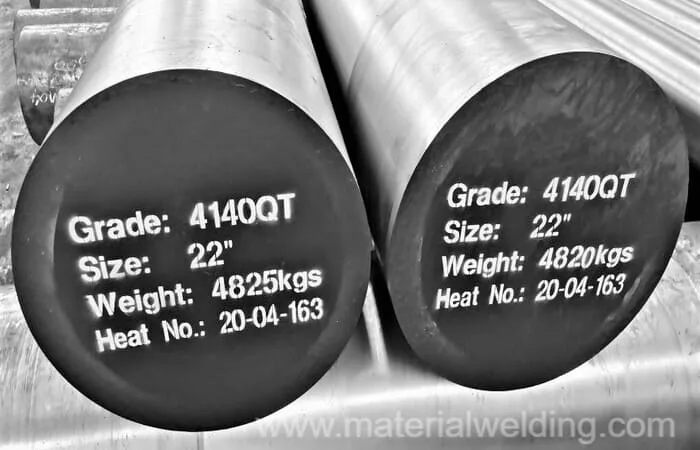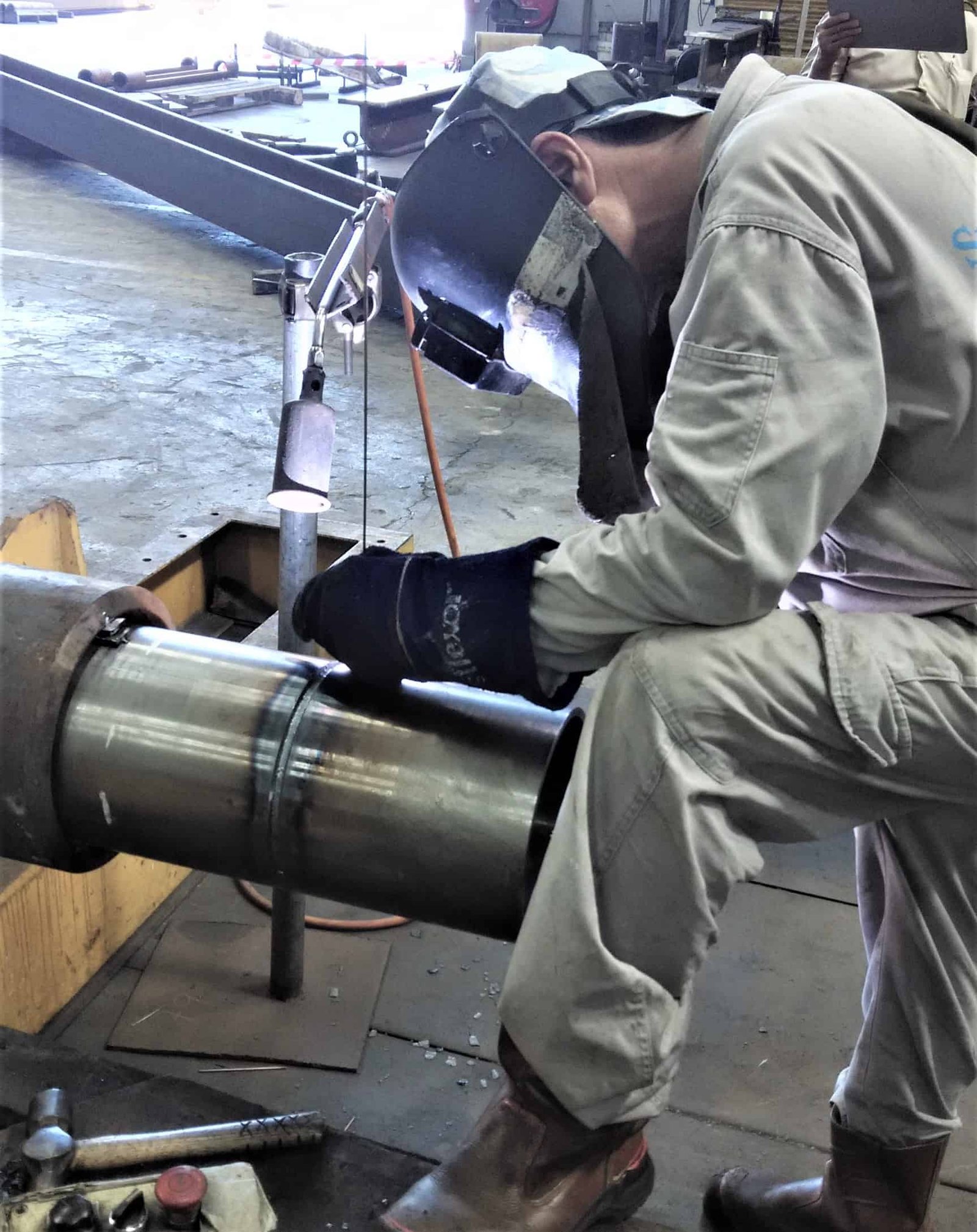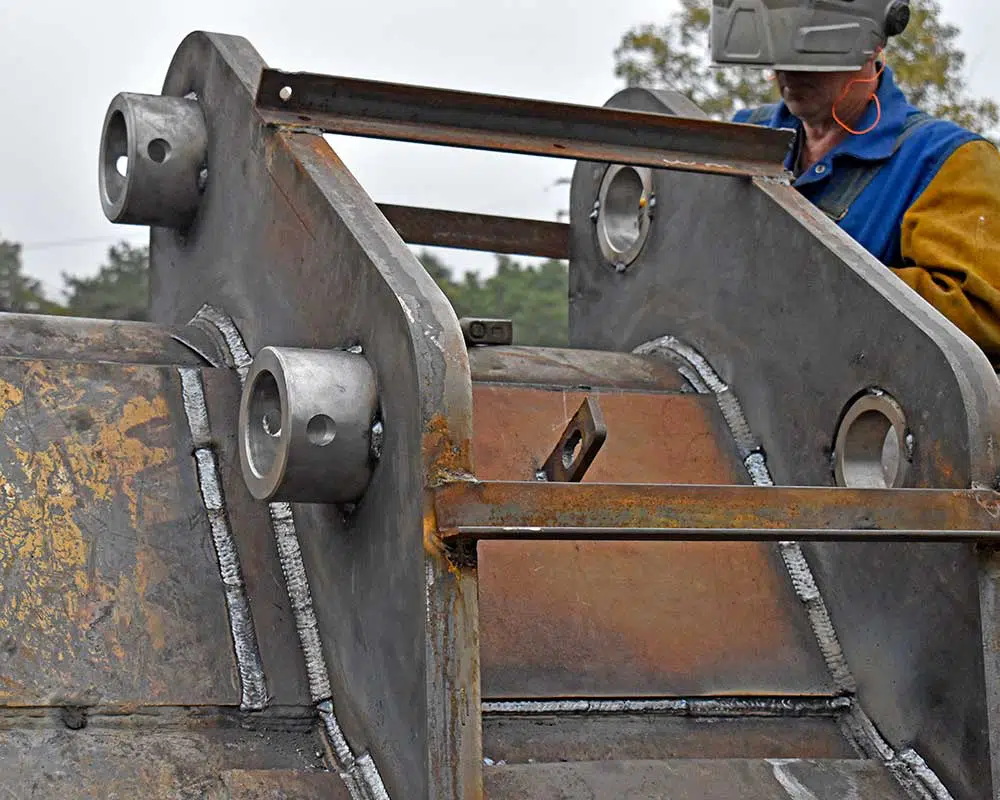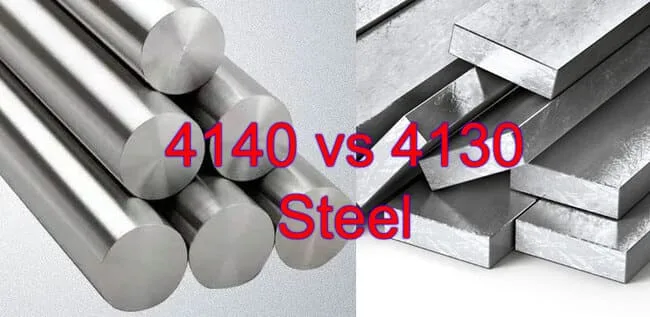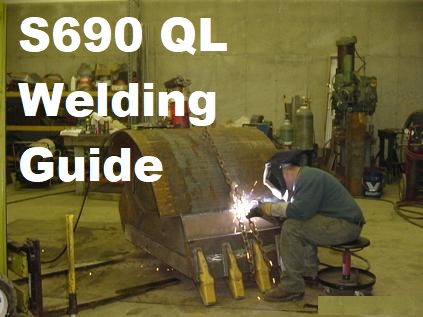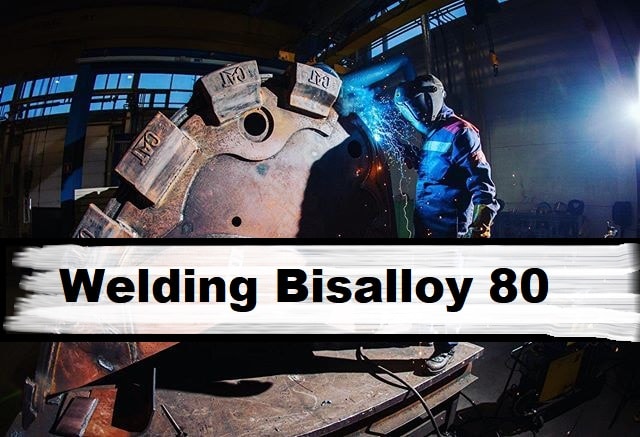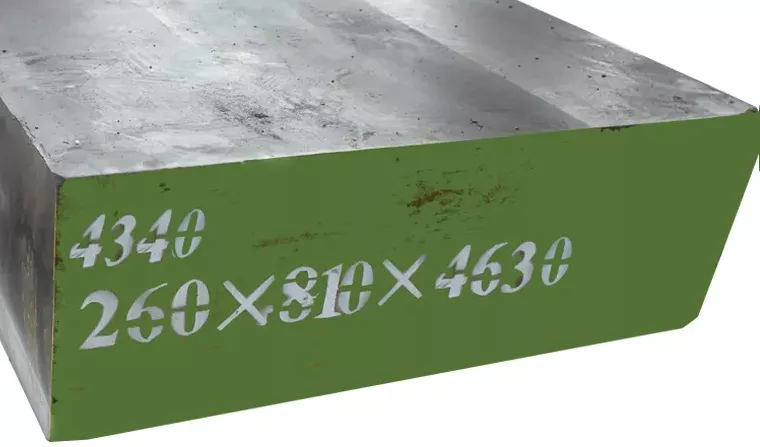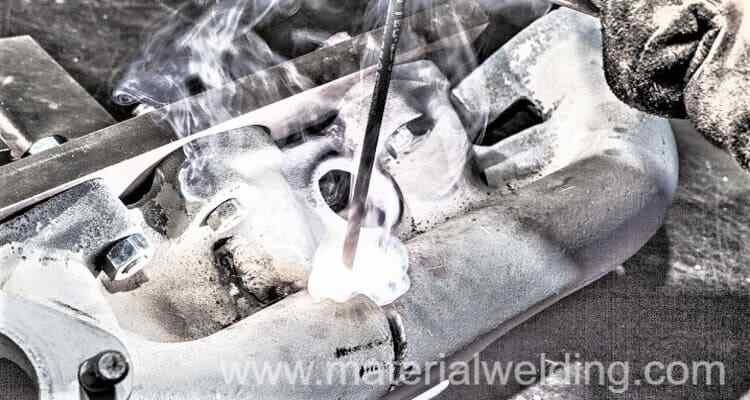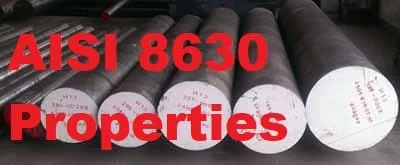EN19-42CrMo4 Welding
Welding EN19, also known as 42CrMo4, requires adherence to specific procedures to ensure optimal results and maintain the mechanical properties of the parent material.
In this blog post, we will provide a comprehensive guide to the welding procedure for EN19-42CrMo4, highlighting important considerations and steps to follow.
EN19-42CrMo4 Material Specification
EN19 (42CrMo4) is a chromium-molybdenum alloy steel widely used in various industries due to its high strength, toughness, and wear resistance. It is commonly employed in applications such as heavy machinery, automotive components, and structural parts.
EN19-42CrMo4 Chemical Compositions
The chemical composition of EN19 or also called 42CrMo4 steel typically includes the following elements:
- Carbon (C): 0.38-0.45%
- Silicon (Si): 0.17-0.37%
- Manganese (Mn): 0.50-0.80%
- Phosphorus (P): ≤0.035%
- Sulfur (S): ≤0.035%
- Chromium (Cr): 0.90-1.20%
- Molybdenum (Mo): 0.15-0.30%
EN19-42CrMo4 Mechanical Properties
| Property | Typical Values |
|---|---|
| Tensile Strength | 850 MPa – 1000 MPa |
| Yield Strength | Approximately 650 MPa |
| Elongation | 12% – 20% |
| Hardness (HB) | 248 – 302 |
| Impact Strength | 27 J (at room temperature) |
EN19 (42CrMo4) Welding Rod
For SMAW or Stick welding, it is recommended to use basic coated electrodes such as AWS E7016 or E7018. These electrodes should preferably be vacuum packed or dried according to the manufacturer’s instructions to keep the weld metal’s hydrogen content below 5ml/100g.
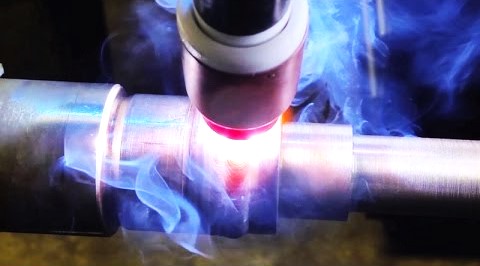
However, it should be noted that these electrodes may not match the tensile strength of the parent steel, depending on the material’s heat treatment condition.
Alternatively, alloyed basic coated electrodes that provide welds with matching yield strengths can be utilized. MIG/MAG (GMAW) welding or flux-cored arc welding can also be employed with consumables that yield weld metal of appropriate strength.
EN19 (42CrMo4) Welding Filler Wire
When using austenitic stainless steel or nickel-based electrodes, the preheating temperature mentioned earlier (250°C) can be reduced by 50-75°C. Nickel-based consumables are advantageous as their coefficient of thermal expansion closely matches that of the ferritic steel, reducing the risk of cracking in highly restrained situations.
Suitable electrodes include AWS E309, AWS E312, AWS A5.11 ENiCrFe-3, and AWS A5.11 ENiCrMo-3. Intermediate heat treatments may not be necessary unless restraint is very high, but tempering might be required if a brittle heat-affected zone is unsuitable for service conditions.
EN19 (42CrMo4) Welding Procedure
- Pre-weld Preparations:
- Clean the base material thoroughly to remove any contaminants, such as oil, grease, or rust.
- Ensure proper fit-up and alignment of the joint to minimize gaps and ensure good weld penetration.
- Select the appropriate welding equipment, such as welding machine, power source, and welding torch, based on the chosen welding process.
- Preheat:
- Preheat the base material to a temperature of around 200°C (392°F) using a suitable heating method, such as a furnace, induction heating, or heating torch.
- Maintain the preheating temperature throughout the welding process to ensure consistent heat input.
- Welding Process Selection:
- Choose Gas Metal Arc Welding (GMAW/MIG) as the welding process.
- Filler Wire Selection:
- Select ER70S-2 or ER80S-B2 as the welding filler wire.
- Welding Parameters:
- Set the welding parameters as follows:
- Welding Current: 180-220 Amps
- Voltage: 22-26 Volts
- Travel Speed: 8-12 inches per minute
- Shielding Gas: 100% Argon or 75% Argon + 25% CO2
- Wire Diameter: 0.035-0.045 inches
- Set the welding parameters as follows:
- Welding Technique:
- Use stringer beads technique for a consistent and even weld bead.
- Maintain a consistent travel speed and maintain an arc length of approximately 1/4 inch.
- Post-Weld Treatment:
- Allow the weldment to cool naturally, avoiding rapid cooling methods like water quenching.
- Perform post-weld heat treatment at 600°C (1112°F) for 2 hours, followed by air cooling.
Preheat & Interpass Temperature for EN19 (42CrMo4) Welding
Before welding, it is crucial to preheat the EN19-42CrMo4 components slowly to a temperature of 250°C. This can be achieved through various methods, including furnace heating, resistance heating mats, induction heating coils, or gas torches.
Monitoring the temperature using temperature indicating crayons, paints, or thermocouples is essential. Maintain the preheating temperature during the welding process.
Heat treatment (PWHT) for EN19 (42CrMo4) Welding
Post-weld heat treatment (PWHT) for EN19 (42CrMo4) steel after welding is often performed to relieve residual stresses and improve the mechanical properties of the weldment.
The specific PWHT parameters may vary depending on the application requirements and welding procedure specifications. Here is a general guide for PWHT of EN19 (42CrMo4) steel:
- Preheat Treatment:
- Before performing PWHT, ensure that the weldment is cooled to room temperature.
- Heating:
- Gradually heat the entire weldment to the desired temperature using a suitable heating method such as a furnace.
- The recommended PWHT temperature for EN19 (42CrMo4) steel is typically between 600°C (1112°F) and 650°C (1202°F).
- Maintain the temperature within a range of ±10°C to ensure uniform heating throughout the weldment.
- Soaking:
- Hold the weldment at the specified temperature for a sufficient duration to allow for proper transformation and stress relief. The soaking time is typically determined based on the material thickness.
- For example, a general guideline is to soak the weldment for approximately 1 hour per 25mm (1 inch) of thickness.
- Cooling:
- After the soaking period, cool the weldment slowly to room temperature to minimize the risk of cracking or distortion.
- Natural air cooling is often sufficient. However, if rapid cooling is required, it can be done in an oven or using controlled cooling methods.
